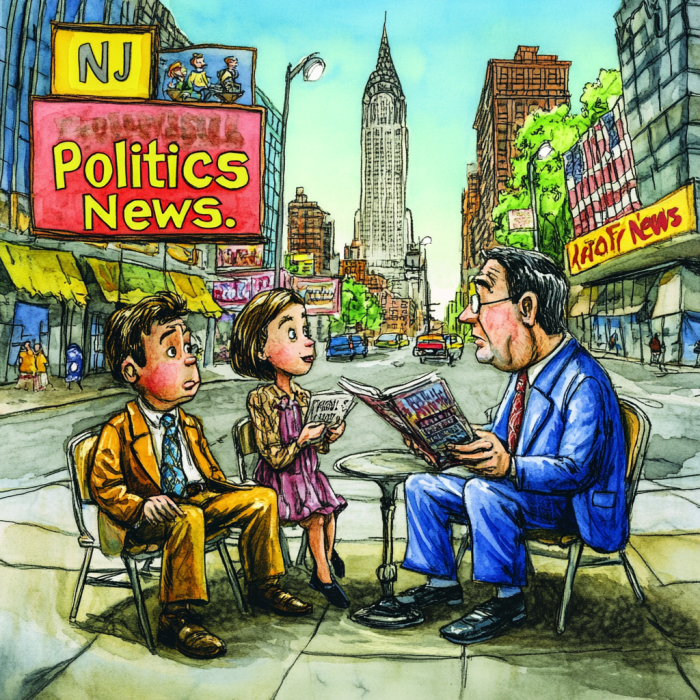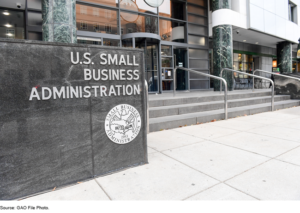The administration of New Jersey Governor Phil Murphy, in a notable revelation, considered dedicating $5 million from federal Covid-19 relief funds for a contingency plan to manage a potential surge of migrants. This proposal, which ultimately did not materialize, was designed in anticipation of increased migrant arrivals following the repeal of the Title 42 policy. Title 42, a Trump-era policy extended by the Biden administration, permitted the U.S. to turn away asylum-seekers at the southern border citing public health reasons.
This information, obtained by POLITICO through public records, offers a glimpse into the challenges and considerations faced by state governments in handling migrant movements. Despite the initial plan, no funds from the American Rescue Plan have been utilized for this purpose in New Jersey.
Recently, Governor Murphy highlighted the arrival of approximately 1,200 migrants in New Jersey, all en route to New York City. This influx is partly due to New York City’s rules limiting the arrival times of migrants by bus, a policy that has led to logistical adjustments in neighboring states.
The broader context of this development is the ongoing stalemate in Washington over immigration reform. Major Democratic-led cities like New York and Chicago have become focal points for migrants, with local governments facing financial and logistical strains. New York Mayor Eric Adams has been vocal about the burden on city resources, suggesting that the lack of adequate federal assistance could have devastating impacts on NYC.
In response to the anticipated influx of migrants, the New Jersey Department of Human Services proposed using the earmarked funds to coordinate mass shelter activities, including the provision of shelter, food, and crisis counseling. This response, however, is modest compared to the resources allocated by other cities like Chicago and New York for similar purposes.
Governor Murphy has maintained a diplomatic stance on immigration, advocating for much-needed federal reform while criticizing political actions such as those by Texas Governor Greg Abbott, who has been sending migrants to sanctuary cities like New York.
This scenario in New Jersey is indicative of the complex and often fragmented nature of the U.S. immigration system. It underscores the challenges faced by state and local governments in the absence of a cohesive national immigration strategy and sufficient federal support. The situation continues to evolve, highlighting the need for a balanced, comprehensive approach to immigration that addresses both local and national concerns.



















